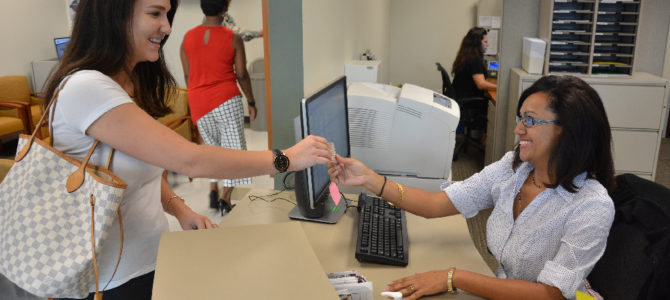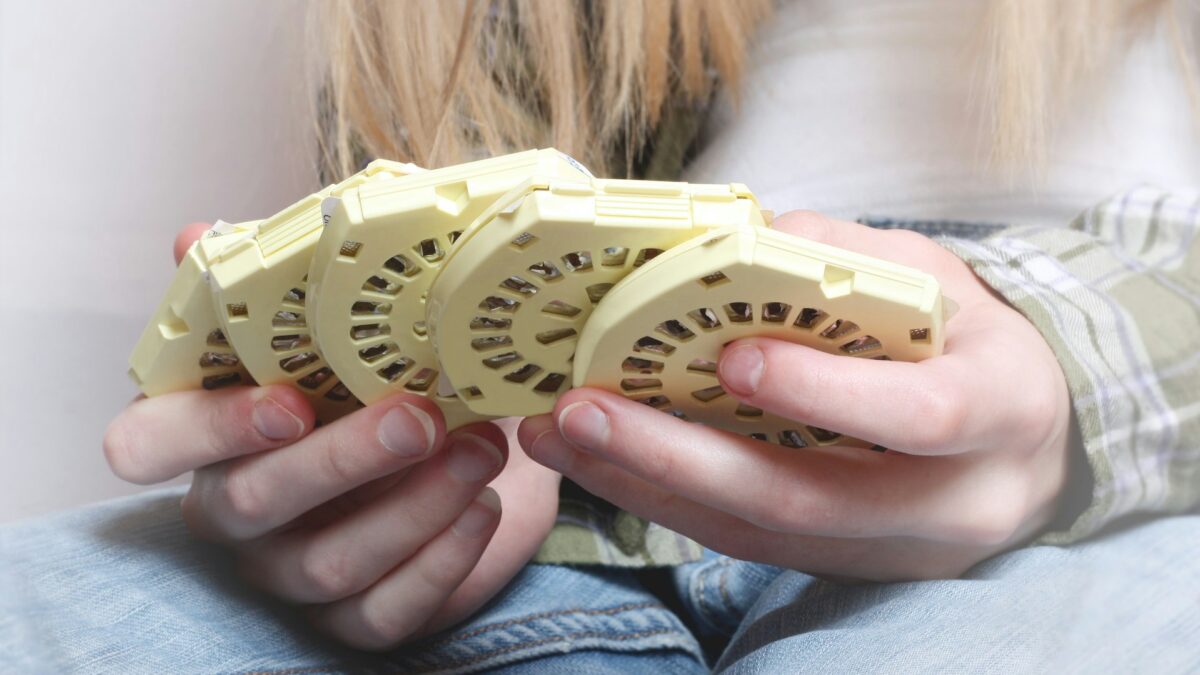
I once tried to explain the joy of natural hormones to my sixth grader after he announced, “Mom, I’m getting a mustache.” I explained that hormonal changes could be challenging, but they are a natural part of life. He sighed. Shaving was in his near future.
My son, my fourth baby, was conceived in the year I approached advanced maternal age (AMA). He would not be here today if a good friend had not shared the beauty and science of understanding my hormone levels and fertility through fertility awareness-based methods (FABMs).
The years had come upon me suddenly, as career and education had been my focus. I was fortunate to have information on FABMs, and the three children I so greatly wanted. My first pregnancy ended with a spontaneous miscarriage after I conceived on hormonal contraception. With the lousy side effects and risks, I learned of a method that both helped me to achieve subsequent pregnancies and to space my children’s births in harmony with my natural biological cycles.
This is why I was surprised to hear that some naysayers responded to a leaked White House memo by suggesting educating adolescents about FABMs would be “a disaster for women.” FABMs have empowered me, and thousands of other women, to understand and take control of our fertility whether we wanted to achieve or avoid pregnancy. Unlike contraceptive drugs and devices, they are side-effect-free and can even provide many health benefits.
Fertility Awareness Is Not the ‘Rhythm Method’
Naysayers of fertility awareness methods almost always claim that these natural methods are unreliable; they equate them with the old, outdated “rhythm” method of the 1930s. But FABM practitioners today offer evidence-based FABMs with a high degree of efficacy comparable with most hormonal contraceptives. They no longer use the “rhythm method.”
The Journal for Reproductive Medicine reported that a popular modern method, the Creighton FertilityCare System, has a 99.6 percent degree of effectiveness for women seeking to avoid pregnancy. Creighton also has a very high degree of efficacy for women using the method to understand their fertile windows to conceive a longed-for baby.
After delivering my son, whom I was able to conceive using an FABM, I talked with my obstetrician about how I planned to use this method to postpone another pregnancy. He replied, “You may be lucky, the rhythm method is not for every woman…if you ever want a reliable method, let me know.” I realized he did not have the current facts about FABMs despite his credentials. Some physicians only know about so-called “reliable” contraceptives, even though among childbearing-aged women 5 percent who use contraceptives consistently and 41 percent who use them inconsistently will become pregnant.
Luckily, even if their OB/GYNs are ill-informed about fertility awareness methods, women today have options. They can use their smartphones to get started in using an evidenced-based FABM like Creighton. Most effective when combined with guidance from a trained FABM practitioner, whom you can even find online for reasonable rates, a few of these apps scored near-perfect in providing accurate data about a woman’s fertility signs.
Working With Your Body Instead of Neutering It
By working with a woman’s biology, evidence-based FABMs give women power and useful medical knowledge. Many women have been healed of serious medical conditions after charting and beginning to understand their fertility signs. These signs, including menstrual periods and cervical mucus, provide vital indicators of women’s health. Through charting and observing these signs with the guidance of an FABM practitioner, many women obtain a proper medical diagnosis for long-suffered conditions. Unleashing the power of a women’s cycle has been a proven therapeutic approach to caring for women with reproductive health difficulties.
FABMs also empower women by reminding us all that fertility is not a pathological condition, but a powerful and wonderful part of womanhood. Too often, people suggest harmful drugs and devices should override a woman’s biology. According to one study, “Modern contraceptive methods are technological advances designed to overcome biology.” I am insulted by the suggestion that my woman’s body is somehow defective because it is capable of having a child. The capacity for motherhood in women is a wonderful thing, and there is something demeaning and dehumanizing in promoting methods that drug or scar a women’s body.
Further, the quest to achieve technological dominance over a woman’s body by administering drugs or devices can come with serious side effects. From higher risks of blood clots, to depression, or certain types of cancers, the price we pay to fundamentally alter women’s bodies is too high. Sometimes, modern contraceptive methods contribute to fertility problems or mask disease that should be diagnosed and treated. For example, intrauterine device use has been shown to increase risk of ectopic pregnancies. These health risks are unfair to women and unnecessary when other options for regulating fertility exist.
The emphasis on women’s reproductive health must include education on methods that protect a woman’s fertility and promote gynecologic health. FABMs offer women a real picture of their reproductive health and empower them to protect their fertility and the integrity of their bodies.
There is nothing old-fashioned about today’s evidence-based FABMs. FABMs authentically empower women to honor the beauty of fertility as a natural expression of their womanhood, and help them to achieve or postpone pregnancy by methods that are truly compatible with the way they were made.









